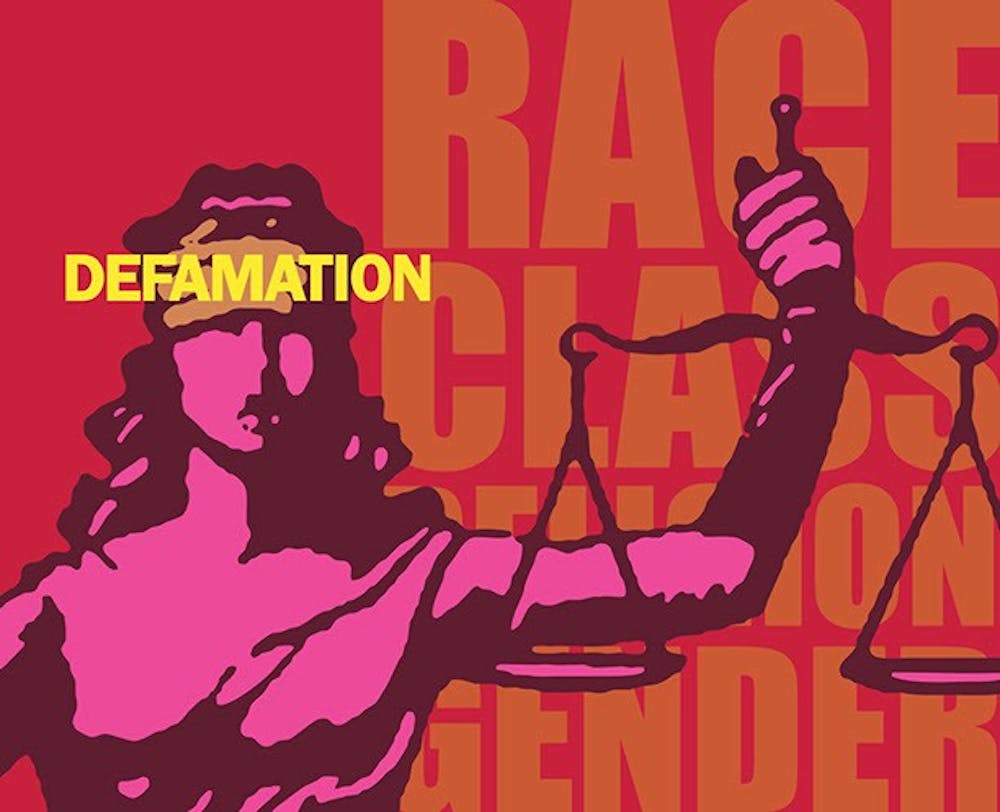Designed to stimulate conversation about diversity, "Defamation" follows the trial of defendant Mr. Golden, a white, wealthy businessman as he is sued by Ms. Wade, a black, south-side Chicago middle-class woman. Wade accuses Golden of both making a false statement about her to a third party as well as financially damaging her as a result of that statement.
Canamac Productions performed their 193rd performance of the show on Oct. 21 at Ball State.
Freshman political science major Cade Heaton said the show was not what he expected—but he liked it.
“There’s no other real way to get that level of emotional involvement than to hear people who aren’t on the stage, who aren’t scripted, give their honest interpretation of events in opposition to your own.” Heaton said.
Heaton said it had a sort of 'Law and Order'-like feel to it, which didn't make it seem realistic, but then again, he didn't think it was meant to be.
“I had the idea that it was going to present a view point like, 'Here’s the right way to interpret this,' and I was really pleasantly surprised that there was no 'gotcha' moment where they tried to push their own agenda," he said.
After hearing both sides of the argument at hand, the 125-member audience became the jury.
The acting judge polled the audience to see who was on each person's side, then opened the floor to a 15-minute discussion. After hearing the audiences’ main points, he took one more poll on who was for the defendant (64) and who was for the plaintiff (61). In the past, the defendant has only won 36 times, compared to 157 wins by the plaintiff.
“I thought the interactivity element was really important to the motive of starting a discussion," Heaton said. "It put you in the role where you don’t quietly make the judgment yourself and leave the theater because it made it so you actually participated in it."
Because of this, Heaton said it let the audience see the judgement of others and think about how their community reacted to it.
"You can really put yourself into relation with that and sort of think about it in a way you may not have otherwise if it didn’t have that element of participation,” he said.
For freshman legal studies major Madeleine Robling, the interactive aspect of the show brought out a certain understanding on the issues.
“I talked about this with a couple of people from my political science class, and a lot of us just from reading about [the play] decided that we were going to be in favor of the [plaintiff] because she was the minority," Robling said. "We would be such racists if we didn’t think that. However, the whole time I was like 'I want to be for her, but I don’t think she had enough evidence to prove her case,' and it wasn’t a matter of race for me anymore."
Todd Logan, the producer and playwright, wrote the play 10 years ago to encourage tolerance and understanding as well as start a conversation over diversity. He wanted the audience to start asking question and thinking about the possible answers.
“I think that, the way it got us involved, it's not just going to be a conversation piece for tonight but it's going to be a conversation piece for tomorrow and the days after that,” Robling said.





